When Rebecca Met Shuzo 2 (Opus 702)
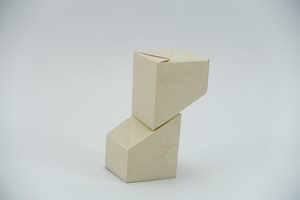
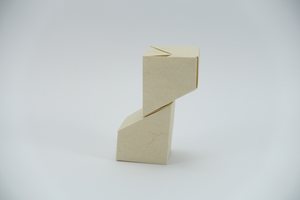
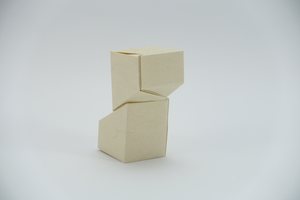
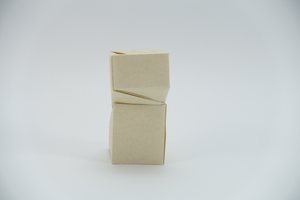
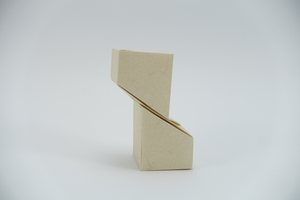
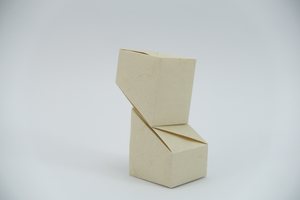
The name of this design by Robert Lang is a little origami joke. It references two creators, Shuzo Fujimoto and Rebecca Gieseking, and it does indeed combine typical traits of both of their styles. At the same time it is relatively simple to understand, making it a good learning help if you want to understand how a model that looks as if it was sliced and shifted can come about.
It certainly qualifies for the #InspiredByFujimoto hashtag.
Comments